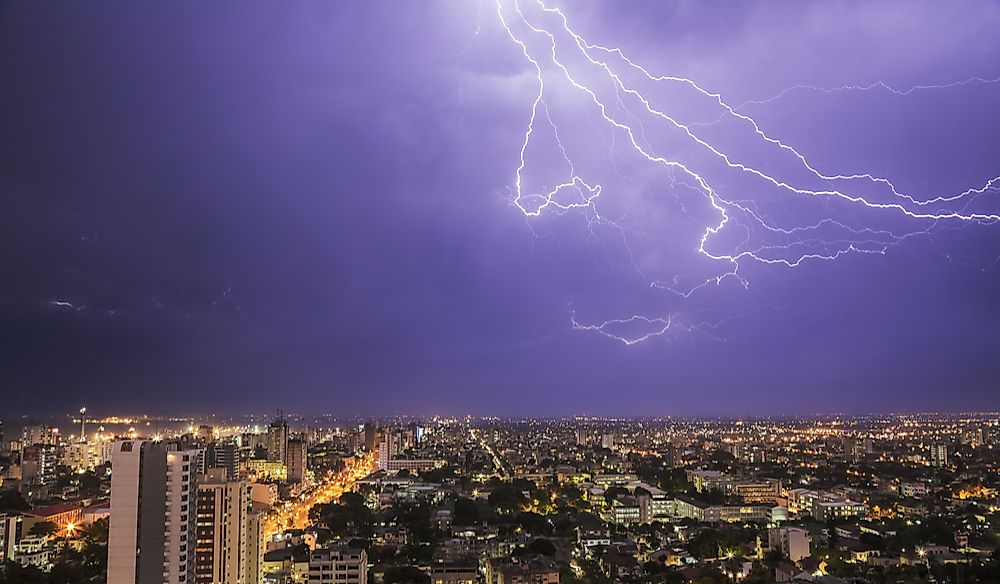What Type Of Climate Does Mozambique Have?

Mozambique is a country in the southeastern part of Africa, and it borders Tanzania, Zambia, Malawi, Zimbabwe, Eswatini, and South Africa and has a long coastline along the Indian Ocean. The Mozambique Channel separates the country from the island nations of Madagascar, Mayotte (France), and Comoros. The capital city of Mozambique is Maputo. The country spans an area of 309,475 square miles, and it’s the 36th largest country in the world in size. The country experiences a tropical climate, which has two different seasons of wet and dry. From October to March the country experiences the wet season and from April to September the country experiences the dry season.
Climate in Mozambique
Mozambique's climatic conditions vary with the altitude. About 44% of Mozambique land area if covered by the coastal lowlands on the eastern side of the country. Towards the eastern side of the country, the altitude rises to reach between 500 and 2,000 feet while the western side of the country is a plateau which is relatively higher and has an altitude of between 1,800 to 3,000 feet above sea level.
Temperature
The average temperatures vary between 55.4 to 75.2 degrees Fahrenheit particularly in the city of Maputo during the month of July, and the temperatures will also rise to about 71.6 to 87.2 degrees Fahrenheit in the month of February. Between mid-May and mid-August, there is a short period when the temperatures are cool in the country. In the inland regions, particularly in the north and central part of the country, there are mountain ranges and highlands, and temperatures in the region are lower because of the altitude, and the climate is slightly different from other parts of the country. However, in the lowlands regions, for instance, in the Zambezi Valley, it can be extremely hot particularly in the months preceding the rainy season starting from September to November.
Precipitation
Similarly, precipitation is heavy along the coast and becomes more sparse in the northern and southern parts of the country. The average yearly precipitation in Mozambique varies from 19.7 inches to 35.4 inches, and it also varies with the region. The average rainfall in the country is 23.2 inches. Cyclones winds are also prevalent in the country, particularly in the wet season.
Seasons in Mozambique
Because the country is located in the Southern Hemisphere, it experiences reversed seasons compared to regions such as North America and Europe.
Winter/Dry
In winter, which is typically from May to August, the country receives the southeast trade winds which bring with it sunny and pleasant weather. On the other hand, there are cool air masses which originate from South Africa, and areas in the southernmost part of the country such as Maputo, Gaza, and Inhambane, the temperatures usually drop, and it becomes cold at night. From June through October the rains in the country are extremely rare in almost all parts of the country, although occasionally brief showers are experienced particularly in the central and the coastal part of the country.
Summer/Wet
During the summer seasons, the northwest monsoons are received in the central and northern part of the country which are affected by the humid currents originating from the Democratic Republic of the Congo. In the southern part of the country, the trade winds still prevail during this time of the year. Unlike in the winter season, the summer season has enough humidity and heat that allows the formation of thunder clouds, and therefore the trade winds can bring rains although these rains are not so intense.
Natural Disasters
Mozambique suffers from weather-related hazards including cyclones, floods, and droughts among others. Heavy rainfall and uncontrollable fires also take place. Floods occur in the country about every two to three years. In the central and southern regions, floods occur more frequently. Droughts occur in the southern regions of the country nearly seven out of ten years. These natural disasters are expected to increase in frequency and severity due to climate change.











